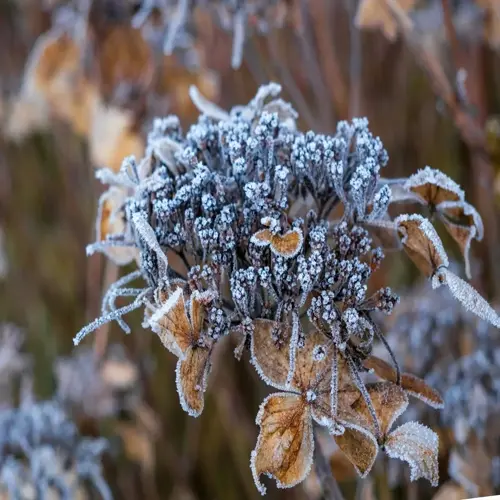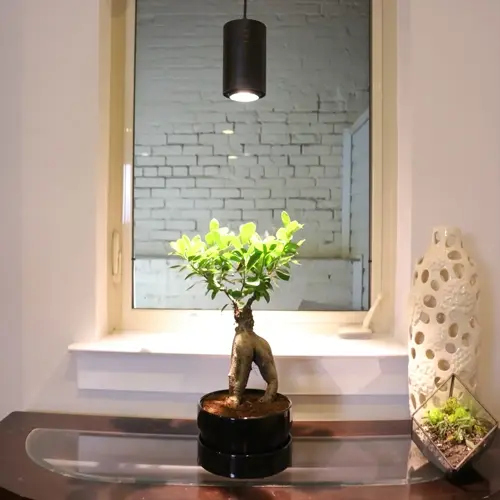Why do plants need specific light colors?

Written by
Olivia Mitchell
Reviewed by
Prof. Samuel Fitzgerald, Ph.D.Plants require specific light colors as various biological responses are triggered by different wavelengths. For example, blue light (400-500nm) promotes stem and leaf growth, while red light (approximately 660nm) encourages flowering and fruiting. Green light is also the most easily penetrated by upper canopy layers, and far-red wavelengths can induce photoperiodic responses.
Blue Light Effects
- Activates chlorophyll production for dense foliage
- Regulates stomatal opening improving CO2 intake
- Prevents excessive stem elongation
- Essential for seedling and vegetative stages
Red Light Functions
- Triggers phytochrome responses initiating flowering
- Enhances fruit production and seed development
- Increases photosynthetic efficiency in canopy layers
- Critical for blooming and fruiting phases
Full-spectrum lighting offers a balanced ratio of wavelengths that emulate natural sunlight. Such lights will include the entire 400-700nm PAR range to support all phases of development. Without this balance, a plant will exhibit specific deficiency symptoms. If there are inadequate amounts of blue light, your plant will develop long, leggy stems. If there is insufficient red spectrum, your plant will not bloom.
Seasonally adjust spectrums for the best results. Use blue-dominant lights when the plants are undergoing vegetative growth. Use red-enhanced spectrums when triggering the flowering response. Maintain 30% green light for your canopy penetration. Watch your plants for any color stress; an example of this would be an internode that is too elongated.
Specialized applications utilize specific wavelengths. Far-red light can be used at the end of the day to simulate a sunset and initiate hormonal responses. Red and blue diodes can be combined for energy-efficient configurations. Single wavelengths can create a nutritional imbalance in your plants. When the spectrums are fully balanced, your plant health will appear vibrant.
Read the full article: Indoor Plant Lighting Essentials Explained

